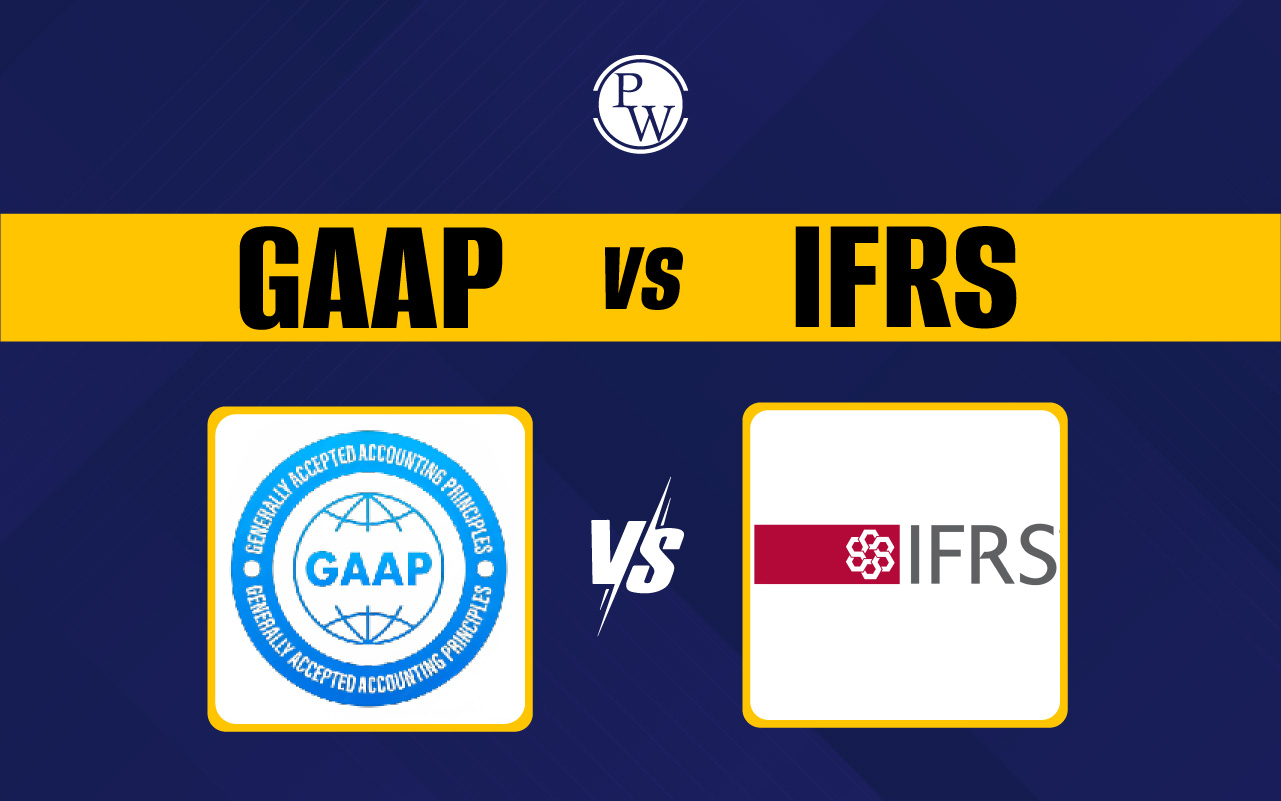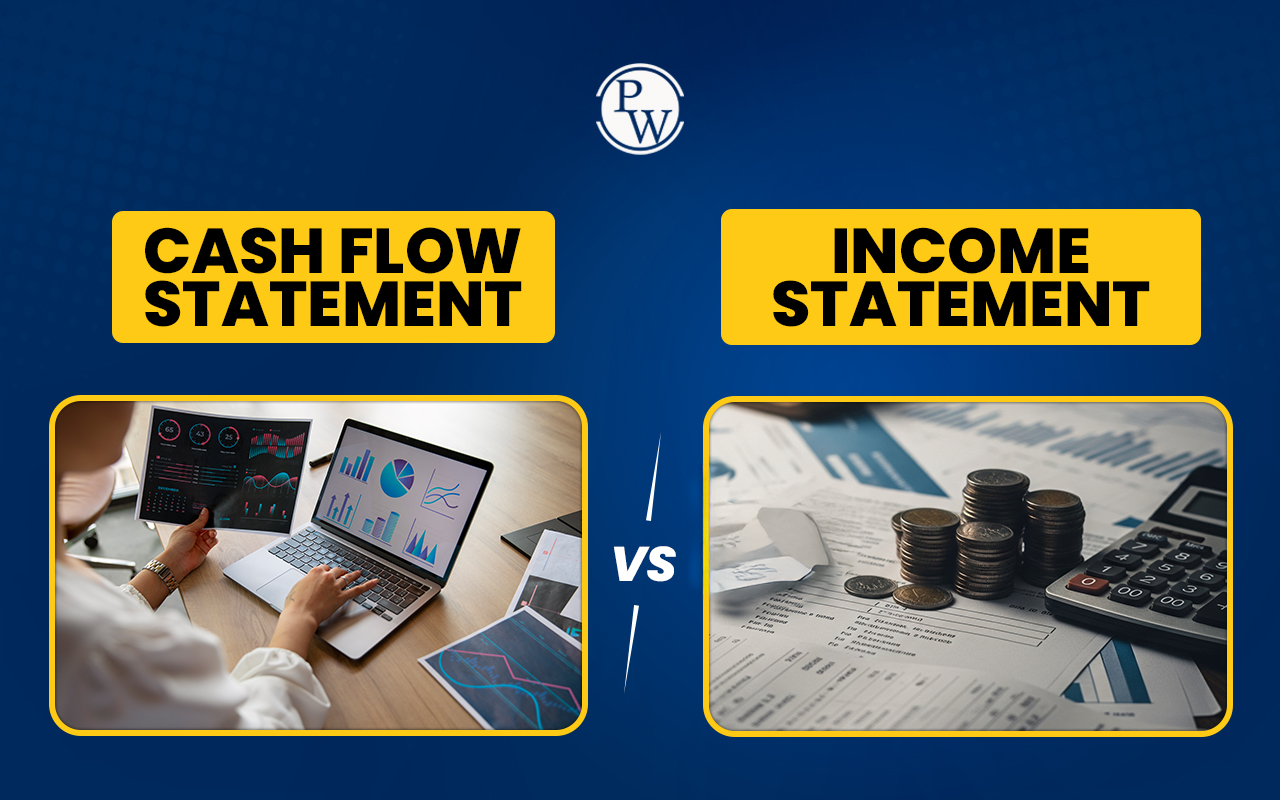

Business finance means managing a company’s money for daily operations, growth, and planning. It includes equity, debt, internal, and external funding. Finance supports budgeting, decision-making, and risk control. Financial statements track income, expenses, and assets, ensuring stability and informed business growth.
Business Finance plays a major role in running any company. It helps businesses to manage their money, plan expenses, and make decisions that support business growth. Every business, small or large, depends on business finance to function smoothly. Without proper financial planning, a business can face problems in paying bills, purchasing materials, or expanding operations.
What is Business Finance?
Business finance means managing money in a company. It includes getting funds, using them wisely, and keeping records of all transactions. In simple words, business finance helps a company decide how to earn, spend, and save money to achieve its goals.
Every company needs business finance to start, grow, and continue running. It covers many activities like buying assets, paying employees, handling debts, and planning for future growth.
Business finance also ensures that the company has enough money to handle day-to-day needs while preparing for future challenges.
Importance of Finance in Business
Importance of finance in business cannot be ignored. It helps in every stage of a company’s journey from starting operations to managing daily activities and expanding into new markets. Finance gives direction to business decisions and ensures steady growth.
| Importance of Finance in Business | |
| Aspect | Importance of Finance in Business |
| Starting and Setting Up Operations | Finance helps in purchasing equipment, setting up infrastructure, and covering initial expenses such as registration and permits. Without sufficient funds, it is difficult to start operations smoothly. |
| Ensuring Business Continuity | Finance ensures that all regular expenses like salaries, rent, and raw materials are paid on time. It keeps the cash flow running, preventing disruptions in daily activities. |
| Supporting Growth and Expansion | Adequate finance allows businesses to invest in new projects, markets, and technologies. It provides the foundation for long-term development and innovation. |
| Decision-Making and Planning | Financial data helps in evaluating options, comparing alternatives, and choosing the most cost-effective solutions for business problems. |
| Risk and Crisis Management | Finance provides the cushion to handle unexpected challenges, such as economic slowdowns or sudden losses. It ensures stability during uncertain times. |
Types of Business Finance
There are different types of business finance that companies use depending on their needs and stage of growth where they are. Some businesses need short-term funds to manage their daily expenses, while others need long-term funds for big projects. Below, we’ve mentioned the types of business finance:
| Types of Business Finance | |
| Type of Finance | Types of Business Finance |
| Equity Finance | In equity finance, funds are raised by selling ownership shares of the company. Investors or shareholders provide money in return for a share of ownership and profits. It is useful for long-term capital but can reduce control over decisions. |
| Debt Finance | Debt finance involves borrowing money from banks, lenders, or other financial institutions. The borrowed amount must be repaid with interest. It allows ownership to remain with the company but increases financial obligations. |
| Internal Finance | This type of finance comes from within the organization. It includes retained earnings, profits, and the sale of unused assets. It is cost-effective and does not involve repayment, but funds may be limited. |
| External Finance | External finance is obtained from sources outside the company, such as investors, venture capitalists, or public offerings. It is suitable for expansion but often comes with higher costs and regulations. |
Short-Term vs Long-Term Financing
Businesses mostly need funds for different time periods. Short-term financing covers daily needs like paying bills or salaries, on the other hand, long-term financing supports major projects like building a factory or buying equipment. Below, we’ve mentioned the difference between short-term vs long-term financing:
| Difference Between Short-Term vs Long-Term Financing | ||
| Basis of Comparison | Short-Term Financing | Long-Term Financing |
| Duration | Short-term financing is used for less than one year. It helps cover daily operational expenses and small payments. | Long-term financing is used for more than one year. It funds projects that bring benefits over a longer period. |
| Purpose | It focuses on meeting working capital requirements such as wages, rent, and inventory purchases. | It is used for expansion, building assets, or purchasing machinery and property. |
| Sources | Common sources include trade credit, short-term loans, and bank overdrafts. These are easily accessible but limited in amount. | Common sources include equity shares, debentures, and long-term bank loans. They provide large funds but require detailed planning. |
| Repayment | The repayment period is short and usually completed within months. | Repayment happens gradually over several years, often through installments. |
| Risk Level | It carries a lower risk since it is short-term and often secured by current assets. | It involves higher risk due to longer commitment and market changes. |
Financial Planning and Budgeting
Financial planning and budgeting are important parts of business finance. They help in predicting the income and expenses, and also in setting financial goals. With good planning, a business can control its costs, manage cash flow, and make sure that money is used effectively.
Financial planning means deciding where to spend money and how to earn more. Budgeting helps in tracking how money is being spent. Together, they help every department to work within limits and avoid overspending.
Role of Financial Statements in Business
Role of financial statements in business is very important. Financial statements are the records that show how much a company earns, spends, and owns. They help managers, investors, and lenders understand the company’s financial health. Below, we’ve mentioned the role of financial statements in business:
| Role of Financial Statements in Business | |
| Type of Financial Statement | Role of Financial Statements in Business |
| Balance Sheet | The balance sheet presents a company’s assets, liabilities, and equity at a specific point in time. It helps evaluate the overall financial position and the company’s ability to meet obligations. |
| Income Statement | The income statement shows revenues and expenses over a period. It helps in understanding profit levels and identifying areas where cost control is needed. |
| Cash Flow Statement | The cash flow statement tracks how money moves in and out of the business. It provides insights into liquidity and helps in managing cash effectively. |
| Statement of Changes in Equity | This statement shows changes in ownership equity, retained earnings, and shareholder contributions. It helps track how profits are reinvested or distributed. |
Business finance is the foundation that supports every business activity. It makes sure that proper management of funds and helps companies to achieve both short-term and long-term objectives. The importance of finance in business is shown in how it maintains stability, supports growth, and improves decision-making.
By understanding the types of business finance, balancing short-term vs long-term financing, and following effective financial planning and budgeting, a company can manage its resources very efficiently. The role of financial statements in business makes sure that transparency and guides management toward better financial control.
Business Finance FAQs
What is business finance?
Why is finance important in business?
What are the types of business finance?
What is the role of financial statements in business?













